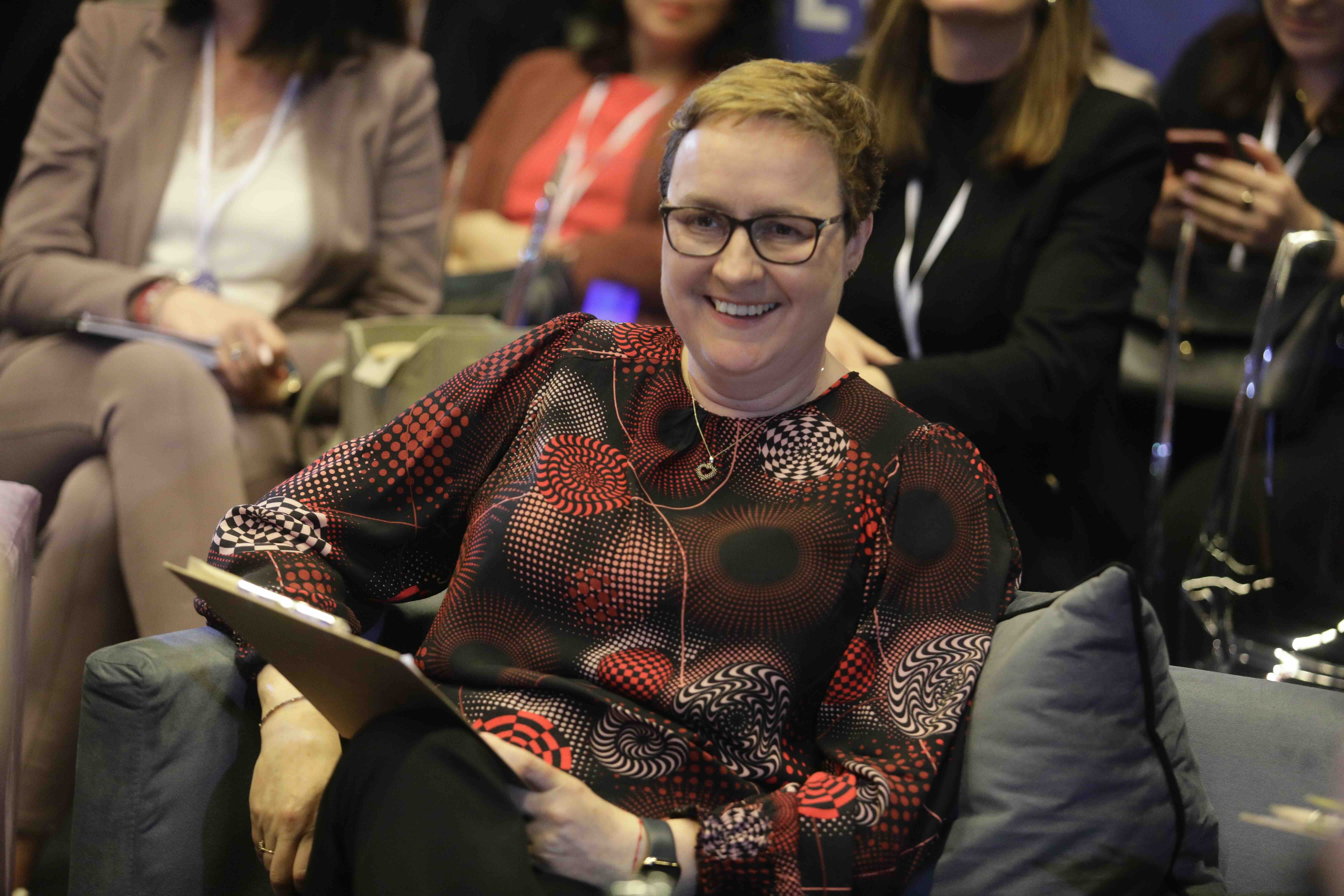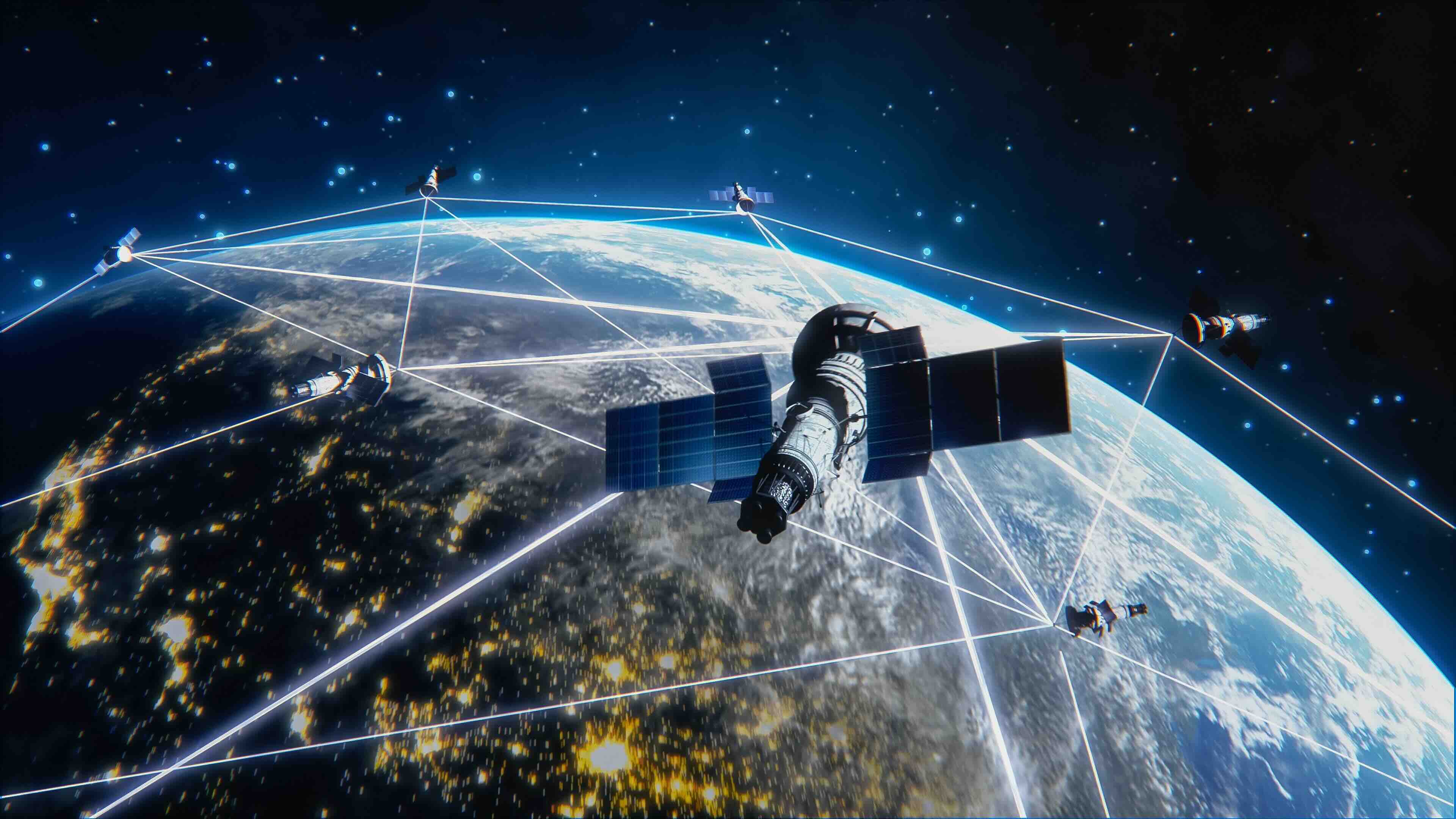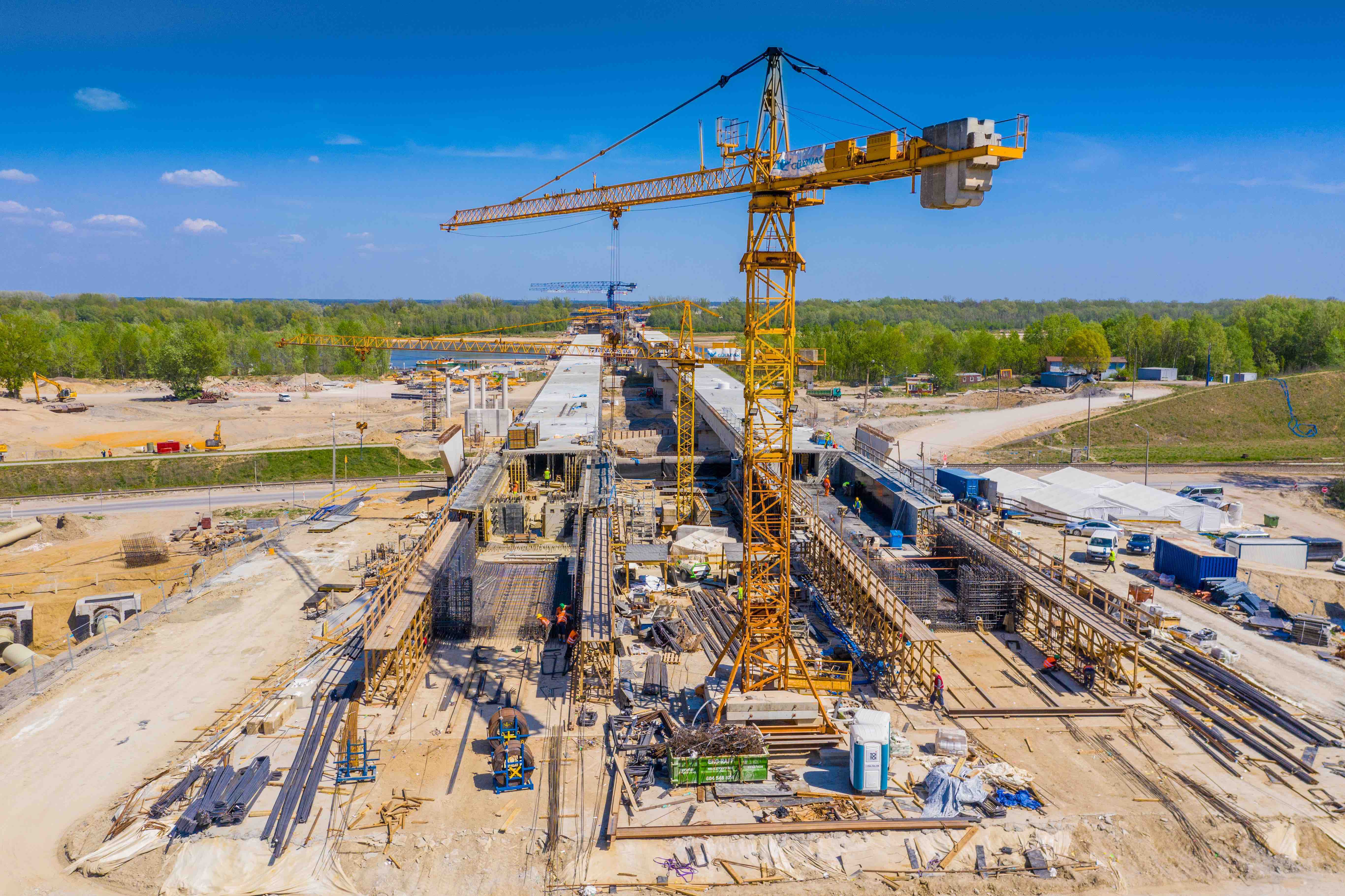We have a complete set of conclusions from the European Economic Congress

- "Transport infrastructure facing new challenges. Investments, maintenance, finances" - a report under this title concludes the series summarizing the achievements of the European Economic Congress 2025 (EEC).
- In the latest report from the European Economic Congress's series of recommendations, we highlight the most important issues related to the development of transport infrastructure. This is an opportunity to summarize the entire series.
- In addition to the publication on the infrastructure investment market, recommendations on the competitiveness of the Polish economy, problems of the transformation of the energy and fuel sector, and conditions of digital and technological sovereignty have been published since May.
The text of the recommendation "Transport infrastructure facing new challenges. (...)" concludes the series of summaries and conclusions from EEC 2025. As part of the series - from May to July - four large-scale reports were published on the WNP Economic Trends website.
The recommendations are the work of EEC participants. Their creation, as a series of reports, is the result of teamwork by journalists from the PTWP Group portals.All of them contain a journalistic section providing insight into the issue, phenomenon, or economic sector, and its place and role in the congressional debate. Basic data, facts, and trends are presented in the form of infographics and charts.
This is a standard that allows for the inclusion in a single publication of all the topics discussed during the EEC in various forms, within various debates and meetings.
The selection of topics for the individual parts of the series corresponded to the main currents of the congress discussion; however, those aspects that acquired additional meaning after the end of the EEC were taken into account – the economic environment is changing dynamically.
Carefully selected statements by EEC participants contain – in addition to lively opinions and reflections – also clearly formulated, justified and practical recommendations that guide decision-makers towards actions desirable from a business perspective to solve problems or improve the situation.

All statements (123 in total across the four reports in the series) come from debates, statements, presentations, or conversations conducted by PTWP media journalists during the Congress. Each publication concludes with conclusions presented in the form of points.
EEC recommendations are signed with the authors' names, but the logical rule is to use transcripts of journalistic reports and conversations that appeared in recent weeks on the WNP portal after the EEC. The documentary work of the entire team (reports were created from 200 sessions that made up the EEC program) significantly shortened the path to developing recommendations, and in this sense each study is a collective work.
Let's recall all 4 episodes of the series:
• How to increase the competitiveness of the economy? Investments, market, capital ;
• How to change the Polish energy sector? Transformation, investments, market ;
• Digital sovereignty. Between big tech domination and building our own capabilities ;
• Transport infrastructure facing new challenges. Investments, maintenance, finances .
As a reminder, the European Economic Congress was accompanied by two other publications. This is the report "Engines of Polish Growth: Business Concerns and Requirements" – a joint study by economists from ING Bank Śląski and journalists from the PTWP Group media – primarily the WNP portal. This year's Congress coincided with the 25th anniversary of the WNP.PL portal.
In this unique anniversary publication (which also has a printed version), the largest Polish exporters, investors, and managers of large and significant public and private companies in the Polish economy talk about Polish achievements and prospects.
The European Economic Congress is an event with exceptional journalistic, commentary, and analytical content. Its 18th edition will take place in 2026.The EEC is a unique event on the Polish event scene – in terms of scale, prestige, influence, and breadth of topics covered. The Congress is also distinguished by the way the content of each edition functions within the public debate. Several dozen journalists from the PTWP Group media are on hand to support the event, a TV studio operates at the International Congress Centre, and the eecpoland.eu website aggregates content related to each edition and provides participants with video recordings of all debates.
For years – in response to the clearly formulated expectations of participants – the conclusions from the EEC debates have been developed and made public (on the WNP.PL portal, in the form of a special publication, formerly in the Nowy Przemysł magazine), initiating new threads and continuations of the debate on the Polish and European economy.

This year, the EEC summary publications use a new communication platform – the WNP Economic Trends website – they have grown into a standalone series and taken the form of recommendations, giving business and economic practitioners a voice in matters most important for its development.
***
The Congress is an intense three days at the International Congress Centre and Spodek Arena in Katowice, and at the same time, a series of events, projects, and activities spread throughout the year. EEC Trends as the Congress's prologue, meetings of the Program Council and the EEC community (EEC Members) , debates and publications preparing the substantive groundwork for deliberations, and extensive consultations on a wide range of topics – these are just some of the highlights of the year-long EEC campaign.
The last report of the series opens a new chapter in the debate on the future of Polish infrastructureThe infrastructure and investment boom of the last two decades has created conditions for economic development and improved the quality of life. However, the era of carefree use of roads and railways is ending.
The country's road, rail, airport, and port infrastructure is undergoing intensive expansion and modernization, often involving adaptation to new requirements, needs, and standards. When building, it's important to consider the costs of maintaining, replacing, and modernizing infrastructure.
After years of investment boom, infrastructure maintenance costs are becoming a problem. It's time to replace the enthusiasm of two decades of catching up with a sustainable approach, forward-looking planning, and rational management of funds and resources.
This is definitely not the time to "build for the sake of building." The nature and scope of infrastructure investments—from rail tracks to airports—must be adapted to the dynamically changing structure and unstable economic environment, new market needs, megatrends and transformations, interdependencies, and supply chains.
It's important to plan maintenance (e.g., road resurfacing instead of patching potholes). Systematic action and stabilization are needed – the costs of maintaining increasingly dense infrastructure are rising, and we cannot afford its degradation. This is one of the report's key conclusions.
But the willingness to maintain infrastructure depends primarily on the amount of money at one's disposal. The lower down the administrative ladder, the worse the situation. It is the state's responsibility to ensure adequate funding for maintenance, especially at the local government level.
It's time to catch up, restore balance, and plan rationally. This isn't easy in an unstable environment.Against the backdrop of the "closing" network of highways and expressways, the underfunding of local government roads is clearly visible. Many of them require repairs, modernization, or even permanent reconstruction. These are costs that smaller local government structures cannot bear.
Even if sufficient funds were found for the maintenance of local roads, access to construction capacity could prove to be a barrier in the current state of the labor market.
In the railway sector, we are struggling to catch up with road investment. The imbalance is evident, and rail is the preferred mode of transport in the EU because it is more environmentally and climate-friendly. This is evident, among other things, in the structure of funds from the National Recovery Plan (KRO) already used for investments sponsored by PKP PLK – the country's largest beneficiary of the KRO.

Much is happening in the airport sector, including a broad investment front responding to the economic climate and the expectations of passengers and airlines. However, it's time to clearly address the role and responsibilities of regional airports in the aviation market strategy. Currently, the government document marginalizes the role of these dozen or so airports.
On the way to the EEC in 2026. From this year's conclusions we are heading towards the next edition of the CongressProblems and development challenges determining the condition and prospects of Polish transport infrastructure were the subject of many debates at the European Economic Congress in 2025.
WNP authors specializing in specific sectors of the transport and investment market - Adrian Ołdak, Michał Wroński and Adam Sierak - collected the most interesting opinions, provided them with basic, up-to-date data, and the WNP Economic Trends editorial team took care of the conclusions.
The full text of the transport infrastructure report is available for download.
Preparations are underway, and programming has begun for the next 18th edition of the largest economic event in our part of Europe. It's already known that the 2026 European Economic Congress will take place between April 20 and 24. It's worth booking this date in your calendar today.
wnp.pl





